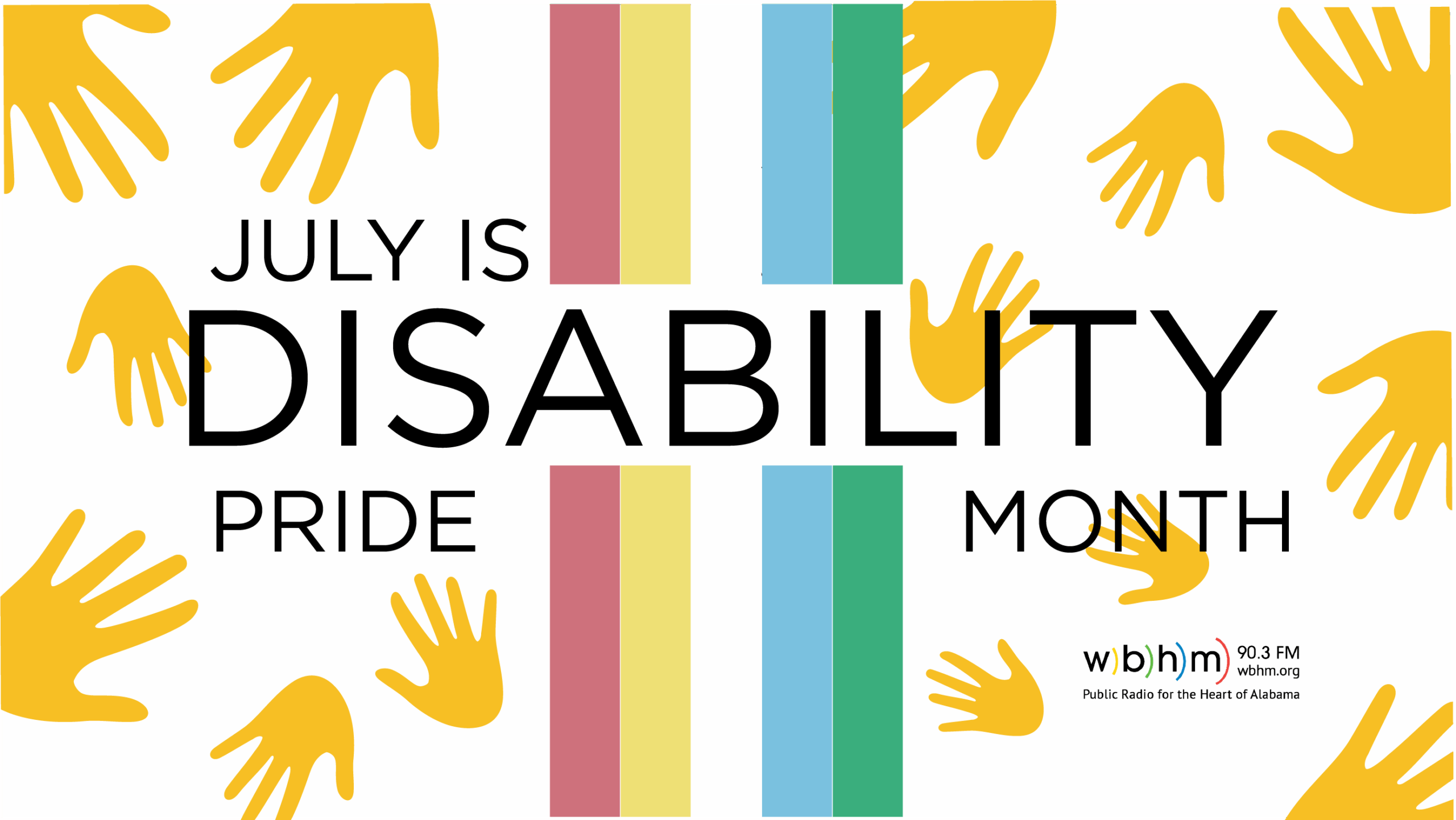ShotSpotter
“One came down on my house and put a hole, I had to go up there and patch it.”
Davis is a lifelong resident of the Wylam community in West Birmingham. As president of the Wylam neighborhood association, Davis says he’s seen the community evolve over the years.
“Crime hasn’t always been an issue. This has been a relatively quiet neighborhood and I think when the government tore down the projects and started distributing the people out in section eight homes, I think that’s when most of our crime started to escalate. Matter of fact we still have gunfire, but I don’t think it’s as prevalent when it first started. I’ve had problems across the street from me. I’m in bed at three o’clock in the morning and it sounds like there is a war going on over there.”
And Reverend Davis isn’t alone. Since 2005, Birmingham has ranked among the top ten most dangerous cities in the U-S according to Morgan Quitno’s crime index. And in a city with crime, there’s bound to be guns. To help combat gunfire on city streets, the Birmingham Police Department recently spent nearly one million dollars of federal grant money to install ShotSpotter, a gunshot detection system. James Beldock heads the company.
“And when it hears the unique acoustic fingerprint of gunfire it calculates the location of the gun and tells the police where that gun is just about instantly.”
To monitor for gunfire, hidden sensors were installed throughout the city. Beldock says the system is similar to the old Boy Scout trick of watching for lightning, then counting off the seconds until you hear thunder.
“If you do that from more than one location, you can in fact triangulate the location of the gunfire simply on the basis of when each of our ShotSpotter sensors hears the sounds of a single gun. And when it gets a pattern that looks like gunfire it does all the math and then a red dot pops up on a map of the city in police dispatch.”
You’ll find Birmingham dispatch in the basement of city hall. Here Lieutenant Elaine Driver oversees ShotSpotter and the city’s 911 call center.
“ShotSpotter is valuable. I mean we can get someone on the way very quickly with that.”
Driver says while the program can be a useful tool for police, the public’s involvement is also crucial.
“We don’t want to replace the citizens calling in with ShotSpotter. We want to use it in conjunction with each other. It’s very valuable for us to have the citizens call in and give us information…”
Since going online in January, the system has recorded over 2000 incidents of gunfire. But it’s not that simple. In May there were roughly 1200 alarms, but only a quarter were actual gunfire. That’s one problem with the system. Fireworks, car backfires, or even dogs barking can trigger ShotSpotter.
“We have lots of random gunfire occurring in these places, and we want to stop the gunfire, not necessarily arrest all the people that are shooting off the guns.”
That’s John Sloan, a criminologist at UAB. He says ShotSpotter may not be the right tool if the public is expecting arrests.
“This technology is designed to identify where hotspots of gunfire are occurring. It’s not intended to capture an individual discharging a weapon while they’re running out of a convenience store that they just robbed.”
And that’s where ShotSpotter fails to impress some people. Since January, only two arrests have been credited to the system. Reverend Edward Davis of Wylam questions if money could have been better spent on extra manpower.
“We only have one patrol squad per shift. And they have such a vast area to cover from Wylam to Birmingport. So when he’s in Birmingport he can’t be here.”
Revered Davis does agree it’s important for the public to assist the police. And he says to become a safe neighborhood, residents need to be aware of their surroundings and not turn a blind eye to crime happening down the road.
“What happens when it comes up the street to you? Then you’ll come to the neighborhood meeting complaining.”
Davis says only through vigilance and cooperation will his neighborhood improve while reducing gunfire.
Are seed oils actually bad for your health? Here’s the science behind the controversy
Health Secretary RFK Jr. has said vegetable oils, like canola and soybean, are 'poisoning Americans.' But many researchers say the evidence isn't there. So, what does the science say about seed oils?
‘The worst day of my life:’ Texas’ Hill Country reels as deaths rise due to floods
Dozens of people have died in the Texas Hill Country. Scores of others are missing or unaccounted for. As rescue crews continue to search for victims, those who survived are coping with the loss.
Defunct oil wells are a national problem. Finding them is the first step
There could be about a million 'orphan' oil and gas wells across the U.S. As they age, they can leak greenhouse gases or unhealthy chemicals.
Trump plans to share new tariff rates this week as deadline for deals approaches
The administration keeps shifting its plans when it comes to trade negotiations. The latest expectation is that most countries will receive new tariff rates this week that would go into effect on Aug. 1.
The war in Gaza divided a historic Brooklyn co-op. Here’s what happened next
Since the war in Gaza began in October 2023, members of the Park Slope Food co-op have been debating whether to ban Israeli goods from the shelves.
Inside the evolution of Biosphere 2, from ’90s punchline to scientific playground
The venture, privately funded to start, is now run by the University of Arizona. And today, scientists there are quietly plugging away at research they hope will help us all adapt to the Biosphere 1 — that is Earth, and the climate change we are causing to it.








